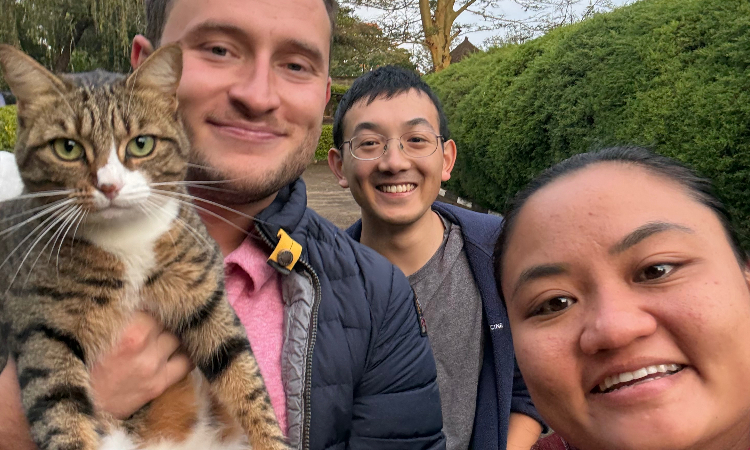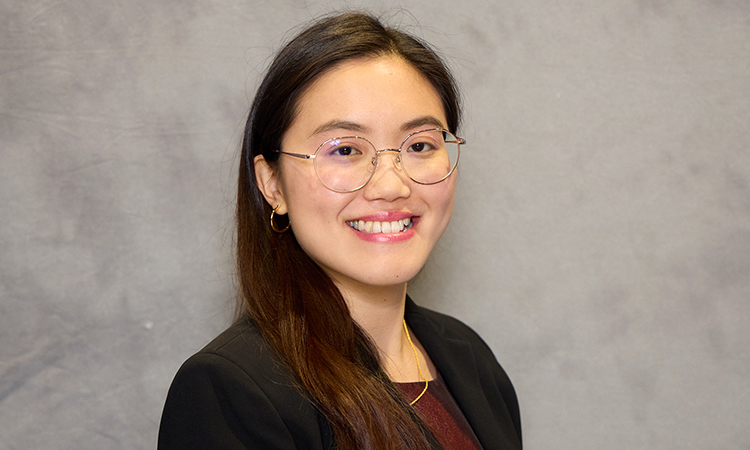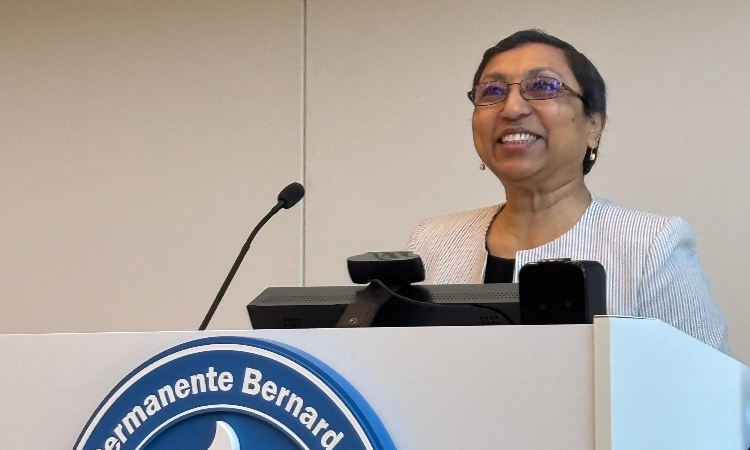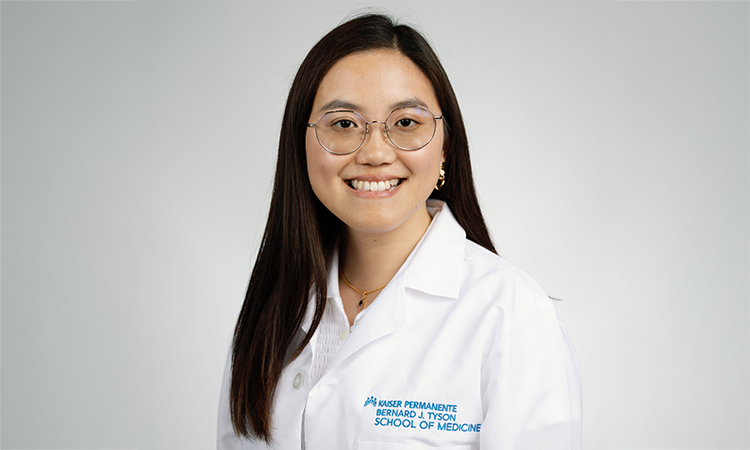Three Kaiser Permanente Bernard J. Tyson School of Medicine (KPSOM) students returned this summer from a life-changing global health elective at Moi Teaching and Referral Hospital (MTRH) in Eldoret, Kenya, bringing with them lessons in resilience, cultural humility, and the power of sustainable healthcare partnerships.
Sebastian Hurtado, Brandon Chia, and Karina Feliciano spent several weeks working alongside Kenyan clinicians through the Academic Model Providing Access to Healthcare (AMPATH). MTRH, one of East Africa’s largest referral hospitals, serves more than 25 million people from Kenya, Uganda, and South Sudan.
“We saw patients coming from all over—some traveling from Nairobi or even across borders,” said Hurtado. “By the time they reach MTRH, they’re often extremely ill. It’s the highest level in Kenya’s six-tier health system, so cases are very advanced.”
Learning beyond the textbook
Days began early with breakfast before rounds, which could last up to four hours. The students participated in diverse clinical areas—internal medicine, pediatrics, infectious disease, emergency care (called “casualty” locally), and even observed autopsies, which are common learning opportunities for Kenyan medical trainees.
Feliciano described her pediatric rotation as eye-opening. “We saw a lot of severe malnutrition, meningitis, uncorrected congenital heart diseases like tetralogy of Fallot, and cancers such as hepatoblastomas and neuroblastomas,” she said. “The presentations were far more dramatic than what we learn about in US hospitals.”
Hurtado and Chia’s internal medicine experiences were similarly intense. “There were advanced-stage cancers—bone tumors, chloromas—and diseases rarely seen in the US, like leishmaniasis,” Hurtado said. “Patients presented at much later stages and often needed ICU-level care, but we managed them on regular wards.”
Adapting to limited resources
The experience tested each student’s adaptability. “What was most frustrating was seeing patients in critical condition on the ward who would absolutely be in ICU beds in the US,” Hurtado recalled. “Resource limitations—few nurses, medication shortages, inefficiencies with the new EHR—were constant challenges.”
Chia shared how these limitations shaped his understanding of global health delivery. “Sometimes we couldn’t get basic labs done because patients couldn’t afford them,” he said. “I remember one patient with suspected chronic myeloid leukemia—we drew his blood ourselves, took it to the lab, and then waited because his family couldn’t pay for the test. That was heartbreaking.”





